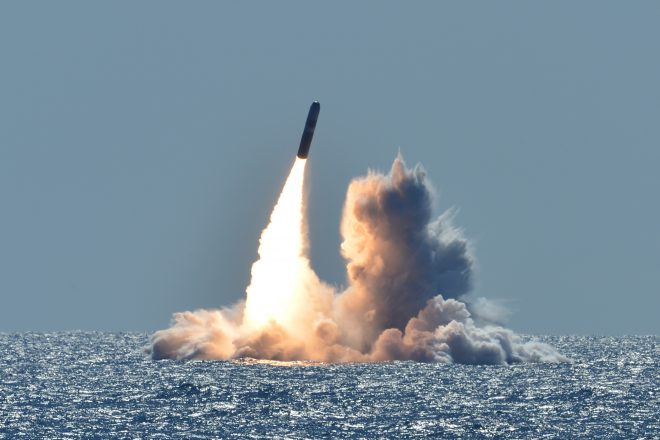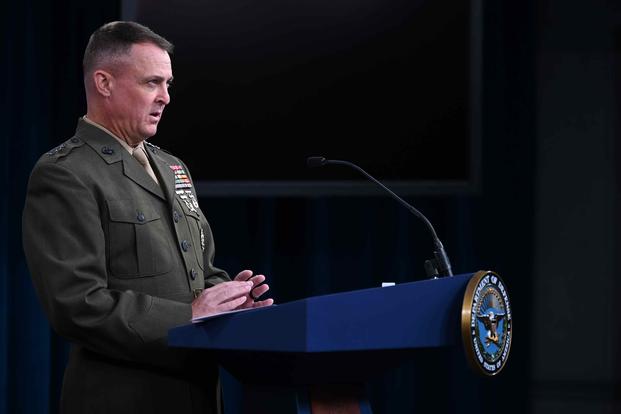- Joined
- 21 April 2009
- Messages
- 13,755
- Reaction score
- 7,694

US Air Force sets sights on new spectrum warfare wing
Air Force officials provided the most detailed description to date regarding its forthcoming spectrum warfare wing.

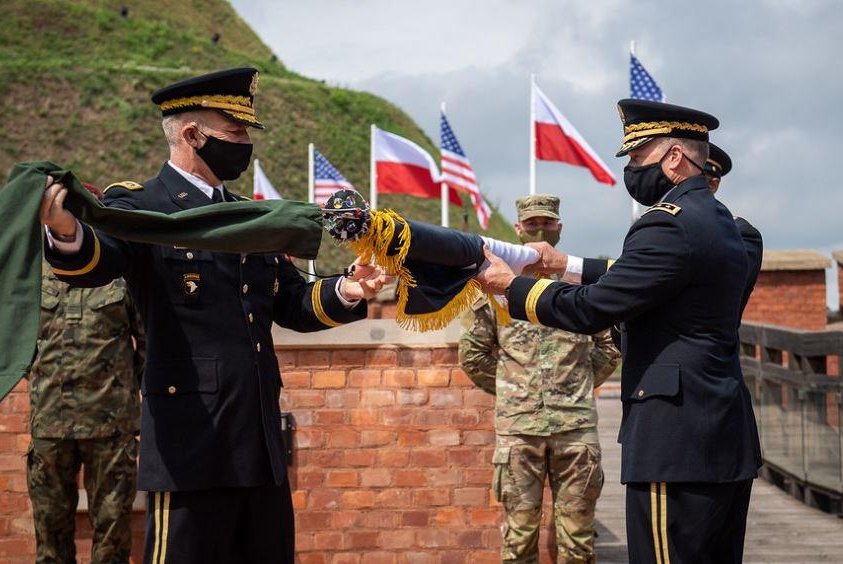
 www.upi.com
www.upi.com

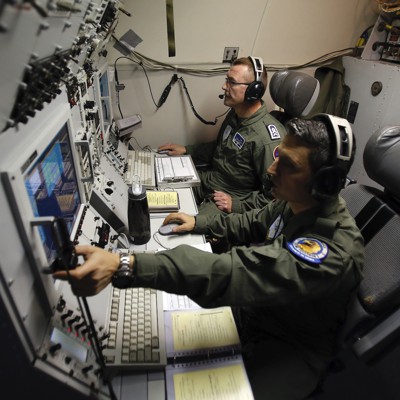













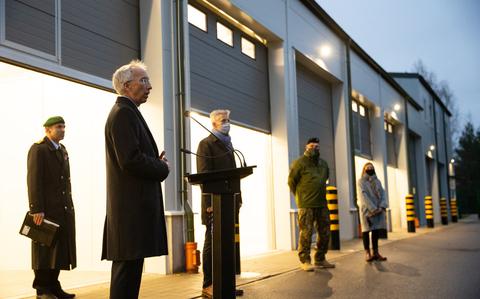

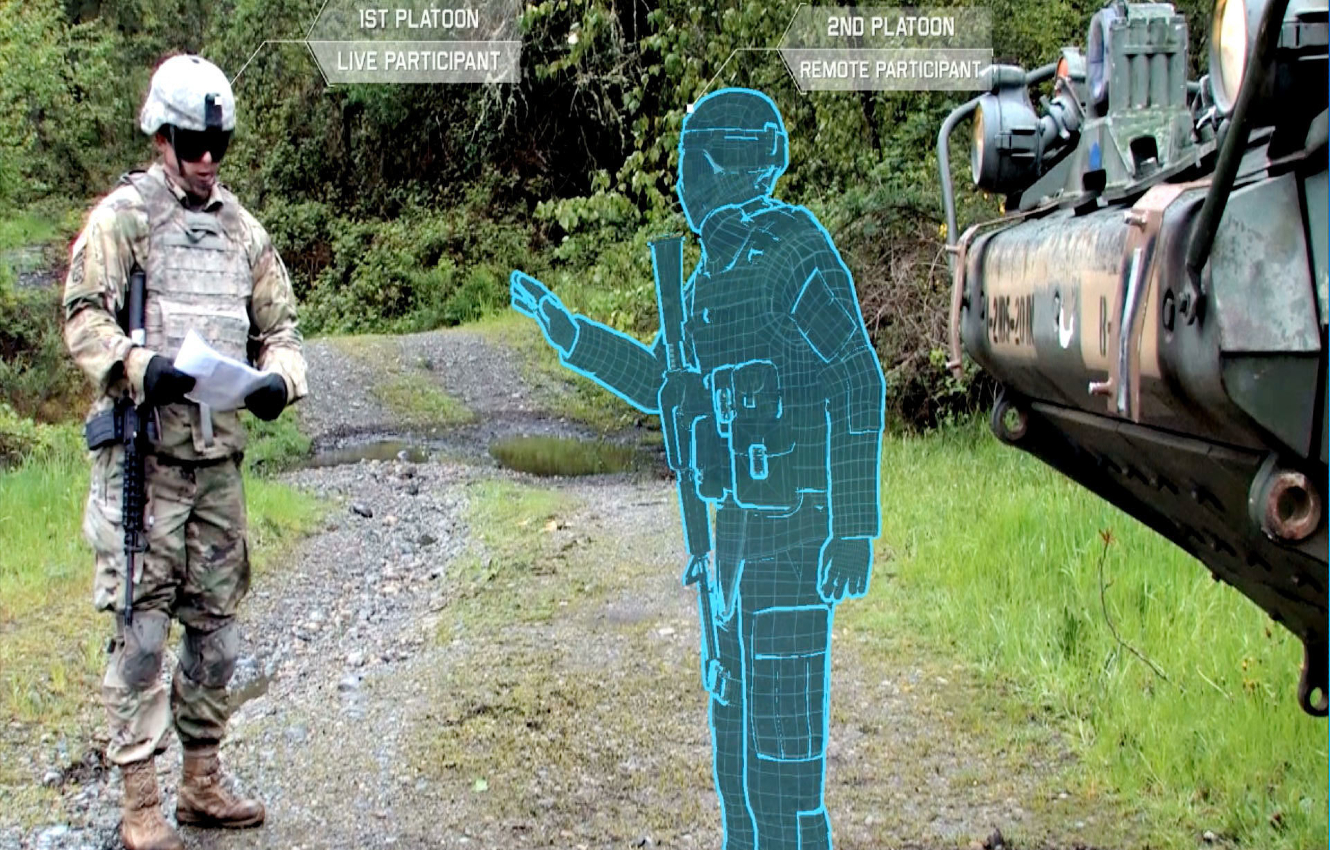

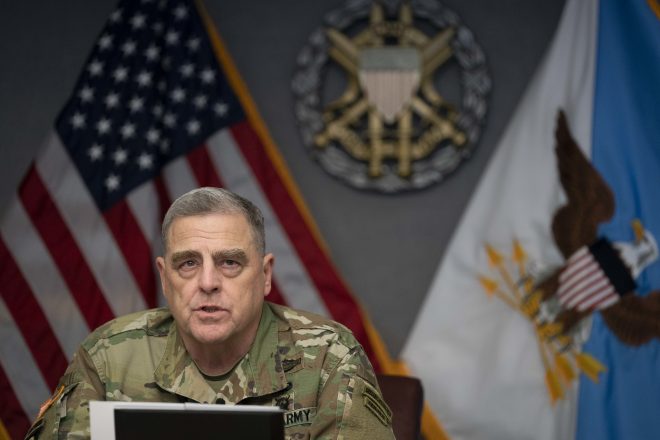

Those puny helicopters are not saving anything. When you have the DEW and mini-missile technology to protect large helicopters almost to the point of imperviousness and you still dont build large trans oceanic helicopters your thinking is broke. Ships large enough to support the 47 and 53s may or may not survive or be anywhere w/in a useful operational range.
How to solve logistical challenges during a South China Sea conflict
The logistical challenges that would be faced in a conflict with China are daunting.www.defensenews.com
I would go one step further. I am a proponent of a return of the seaplane. A C-130 or greater seaplane that has an un-destroyable runways; able to operate from the oceans or rivers, offering significant flexibility with a fixed wing cost per mile and cruise efficiency. As you point out, with DEW and other means their survivability is significantly enhanced. Interestingly three Pacific nations (China, Russia and Japan) already have functional seaplanes. China has bought into the German Dornier Seawing ( https://dornierseawings.com/ ) that can act as a means to move people and light cargo between the island chains they have built (also likely a fair covert insert/extract aircraft I would think).Those puny helicopters are not saving anything. When you have the DEW and mini-missile technology to protect large helicopters almost to the point of imperviousness and you still dont build large trans oceanic helicopters your thinking is broke. Ships large enough to support the 47 and 53s may or may not survive or be anywhere w/in a useful operational range.
How to solve logistical challenges during a South China Sea conflict
The logistical challenges that would be faced in a conflict with China are daunting.www.defensenews.com

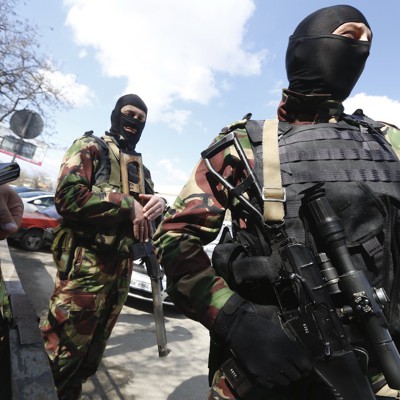



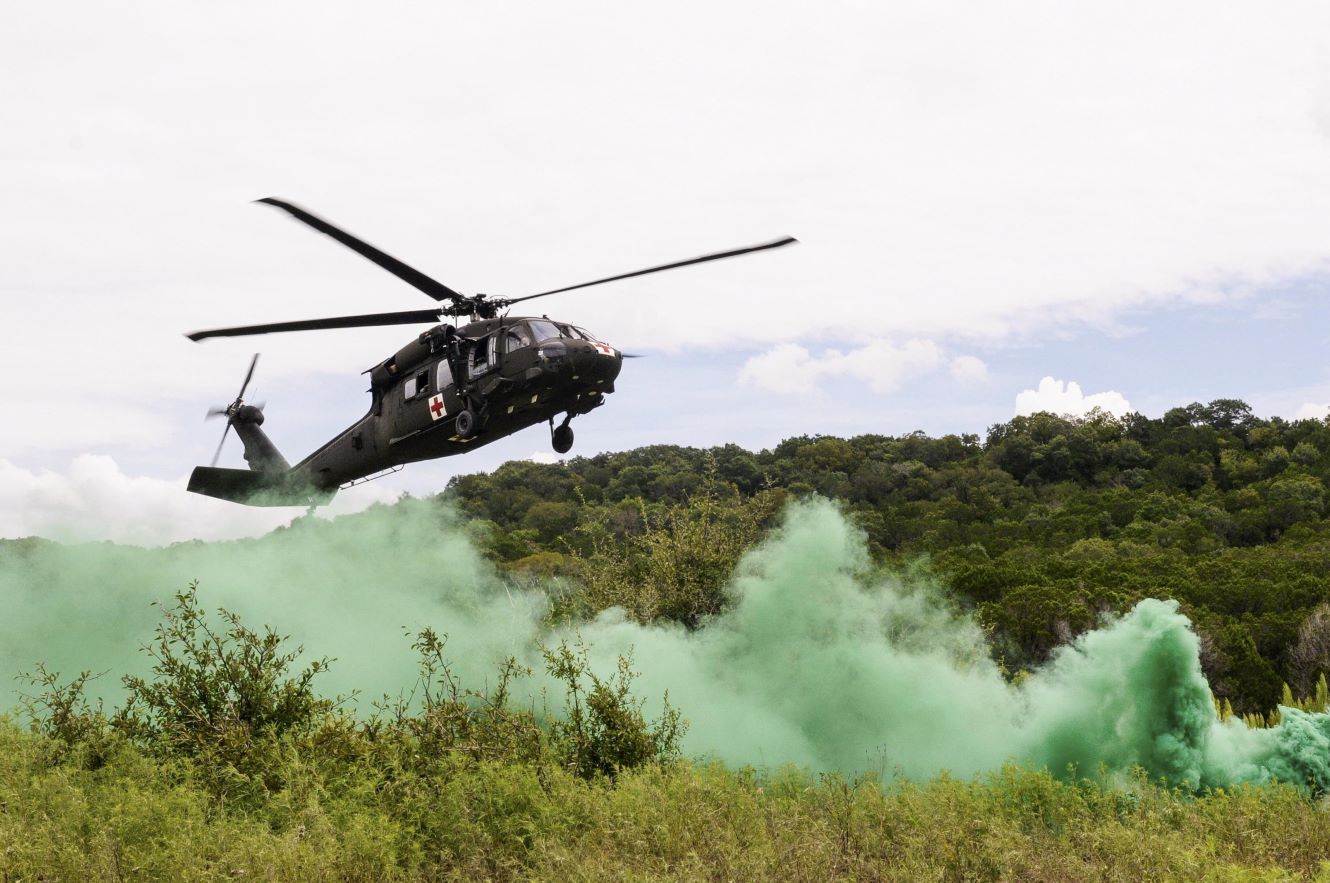
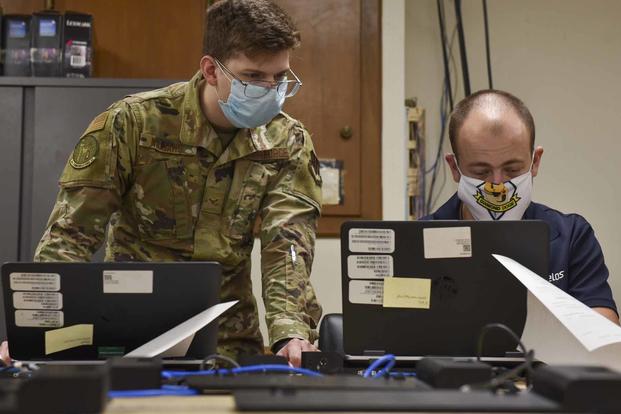
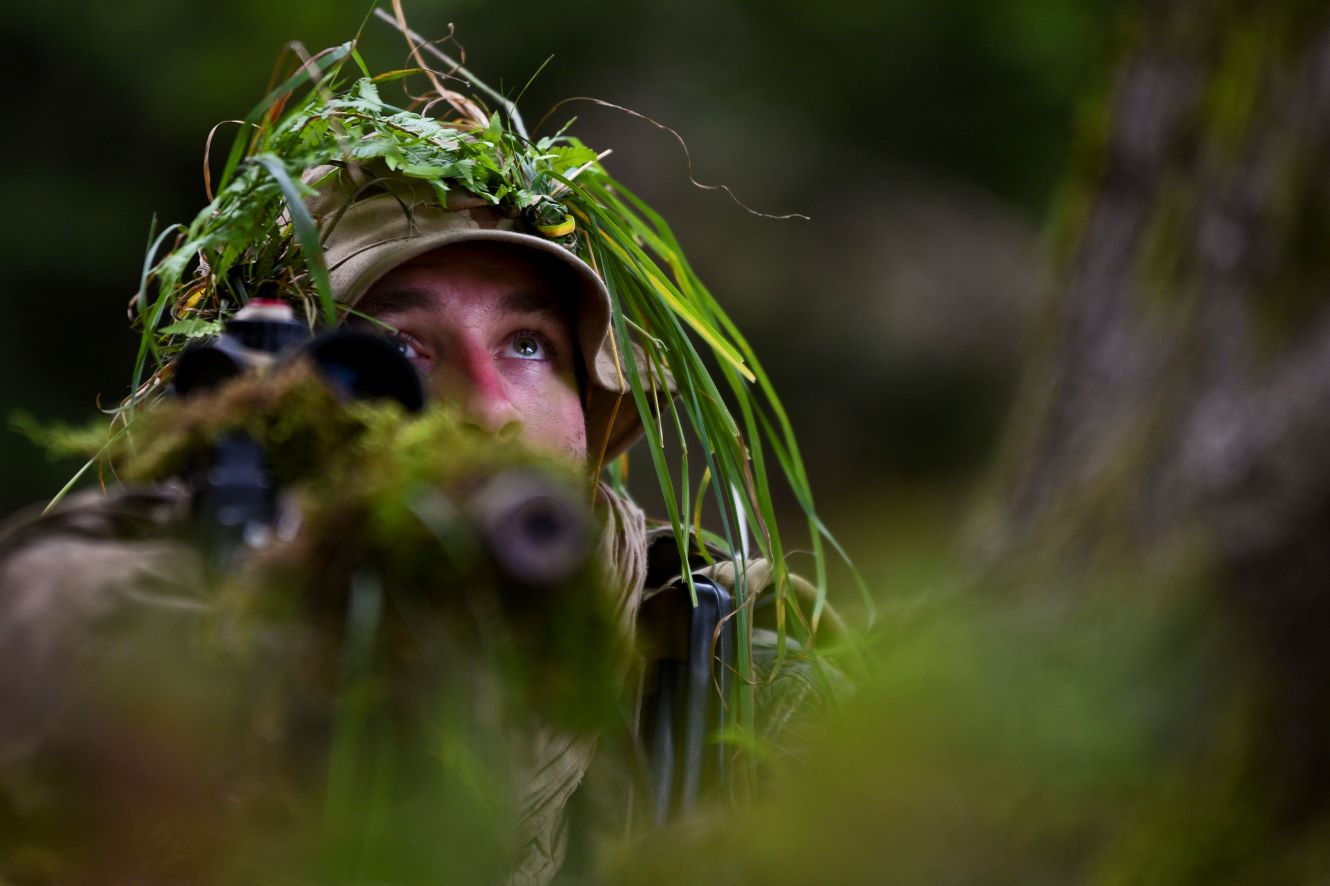
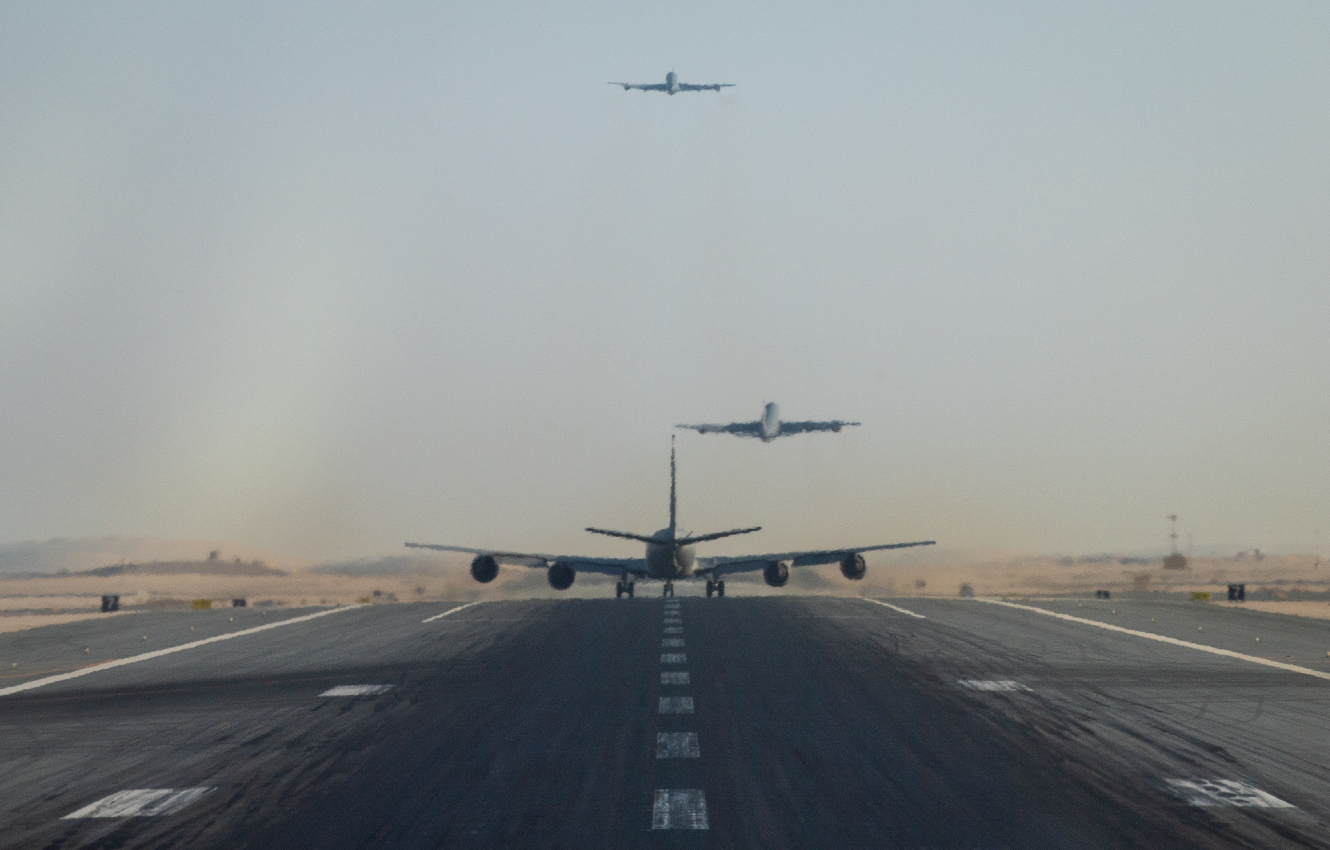
There is a significant implications for this that we may not realize.
AI Is Reshaping the US Approach to Gray-Zone Ops
Artificial intelligence and machine learning tools aren’t just for big hot wars, but also for places where the battle lines aren’t clear.www.defenseone.com
